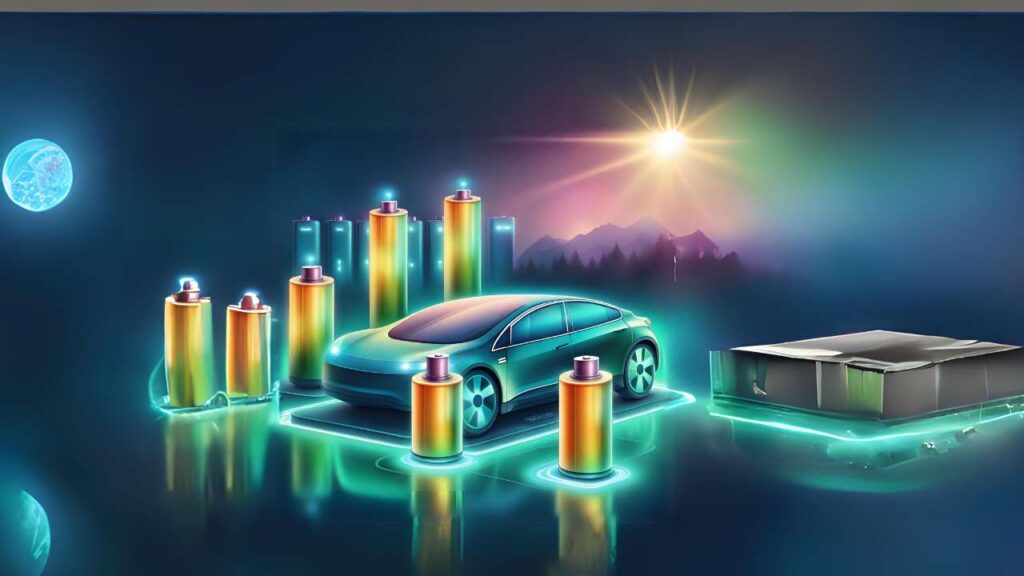1. A Decade of Transformation: Charting the Evolution of EV Battery Technology (2012-2023)
The last ten years have witnessed a revolutionary journey in electric vehicle (EV) battery technology, characterized by notable breakthroughs and paradigm shifts.
Key Progress Points:
- Surge in Demand: In 2022, the demand for lithium-ion batteries surged by an impressive 65%, underlining the growing popularity of electric vehicles.
- Battery Chemistry Evolution: The transition from Nickel Manganese Cobalt (NMC) to Lithium Iron Phosphate (LFP) has addressed safety and cost concerns, marking a significant evolution in battery chemistry.
- Innovation at the Frontier: Pioneering advancements in silicon anodes promise a 20% increase in energy density, laying the groundwork for enhanced performance.
2. Unveiling Price Dynamics: Beyond the Numbers
Battery pricing trends are a linchpin, influencing the entire EV value chain and market dynamics.
Navigating Price Shifts:
- Historical Lows: Average battery costs plummeted to approximately USD 150 per kWh in 2022, showcasing an impressive reduction of over 80% since 2010.
- Regional Variances: Asia takes the lead in cost reductions, driven by streamlined production and efficient supply chain management.
3. The Journey Ahead: Projections for 2025 and 2030
The forthcoming decade is poised to be transformative, with pivotal trends shaping the future landscape of EV batteries.
Anticipated Developments:
- Emerging Technologies: Solid-State Batteries are projected to offer 2.5 times the energy density of current lithium-ion batteries, setting the stage for enhanced efficiency.
- Fast Charging Advances: Expectations are high for reducing charging times to under 15 minutes, facilitating quicker and more convenient charging experiences.
- Price Trajectory: Analysts foresee a further decrease to USD 100 per kWh by 2025, positioning EVs as compelling alternatives to traditional gasoline vehicles.
4. Navigating Challenges and Seizing Opportunities
While challenges persist, the future holds immense opportunities for innovation and growth in the EV battery sector.
Strategic Imperatives:
- Sustainability Focus: Prioritize environmentally friendly production processes and robust recycling initiatives.
- Market Dynamics: The ascent in raw material prices presents challenges, requiring adaptive strategies to sustain the downward price trend.
The Closing Thought:
In the dynamic realm of EV batteries, the fusion of technological innovation, sustainability, and market dynamics is steering the industry towards a future where electric vehicles become a mainstream reality. This whitepaper delves into the intricate interplay of factors that delineate the complex ecosystem shaping the trajectory of EV battery prices. Moving forward, a keen awareness of these dynamics is vital, fostering an environment conducive to the continued growth and accessibility of electric vehicles globally.
Key Recommendations:
- Invest in R&D: Focus on emerging technologies, particularly solid-state batteries, for heightened energy density and efficiency.
- Expand Sustainable Practices: Prioritize recycling and environmentally friendly production processes.
- Adapt to Market Changes: Maintain agility in response to shifts in battery chemistry and supply chain dynamics.
- Cost Reduction Strategies: Continuously explore avenues to reduce production costs, ensuring sustained competitiveness.



